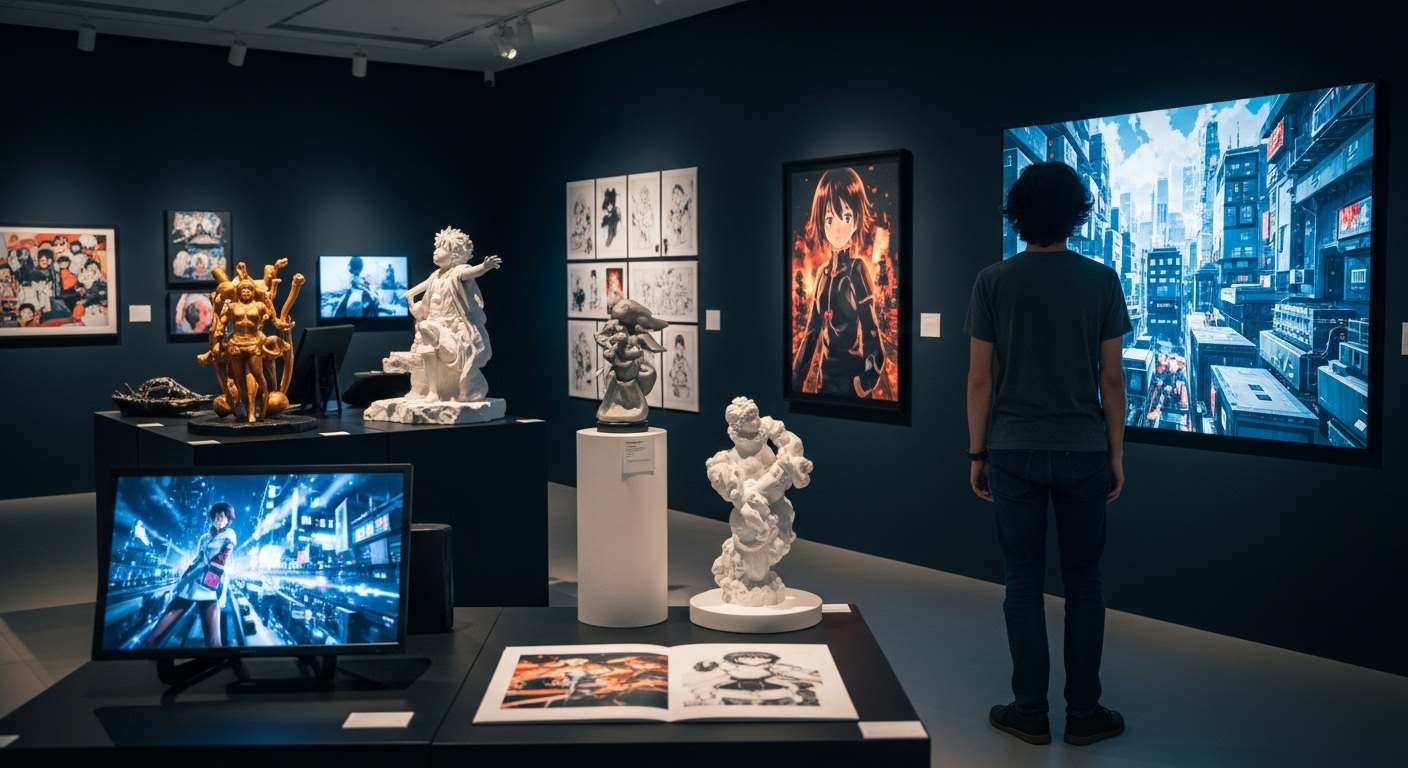Artistry in Animation: The Rising Influence of Anime on Global Culture
Anime, Japan’s unique form of animation, has evolved from a cultural peculiarity to a global phenomenon with a profound impact on the arts and entertainment industry. With roots tracing back to the early 20th century, anime has emerged as a powerhouse of creativity, influencing the world's animation sector and beyond. This article delves into the rich history, current trends, and significant influence anime has in today's world.

Historical Context: The Emergence of Anime
Anime, a term derived from the English word ‘animation,’ made its debut in Japan in 1917 with short, silent films. However, it was only in the 1960s, with the creation of classic series like ‘Astro Boy’ and ‘Speed Racer,’ that it started gaining international attention. Through the decades, anime evolved, reflecting societal changes and integrating various art styles, resulting in a diverse genre with unique aesthetics and narratives.
Anime Today: A Global Success Story
The 21st-century has seen anime’s surge in popularity, particularly with the advent of streaming platforms. Series like ‘Naruto,’ ‘One Piece,’ and ‘Attack on Titan’ have achieved global recognition, transcending cultural boundaries. Additionally, feature films from studios like Studio Ghibli and Makoto Shinkai have garnered international acclaim, further cementing anime’s place in the global entertainment industry.
The Impact: Anime’s Influence on Art and Entertainment
Anime’s impact extends beyond its medium. Its striking visual style and narrative depth have influenced numerous art forms, from comic books to video games. It has also shaped the fashion industry, with designers frequently integrating anime-inspired elements into their collections. The popularity of anime has also led to a rise in learning Japanese language and culture worldwide, showcasing its cultural influence.
The Significance: A Cultural Phenomenon
Anime’s significance lies in its ability to connect people across cultures through shared narratives and emotions. Its diverse genres and themes cater to a wide audience, from children to adults, making it a versatile form of entertainment. The global appreciation for anime validates its artistic value and cultural importance, positioning it as a leading player in the broader arts and entertainment industry.
In conclusion, anime, with its rich history and global popularity, plays a vital role in the arts and entertainment sector. Its unique storytelling and visual aesthetics have influenced various art forms and contributed to a broader understanding and appreciation of Japanese culture. As anime continues to evolve and adapt, its impact and significance in the global entertainment landscape are set to grow further.




